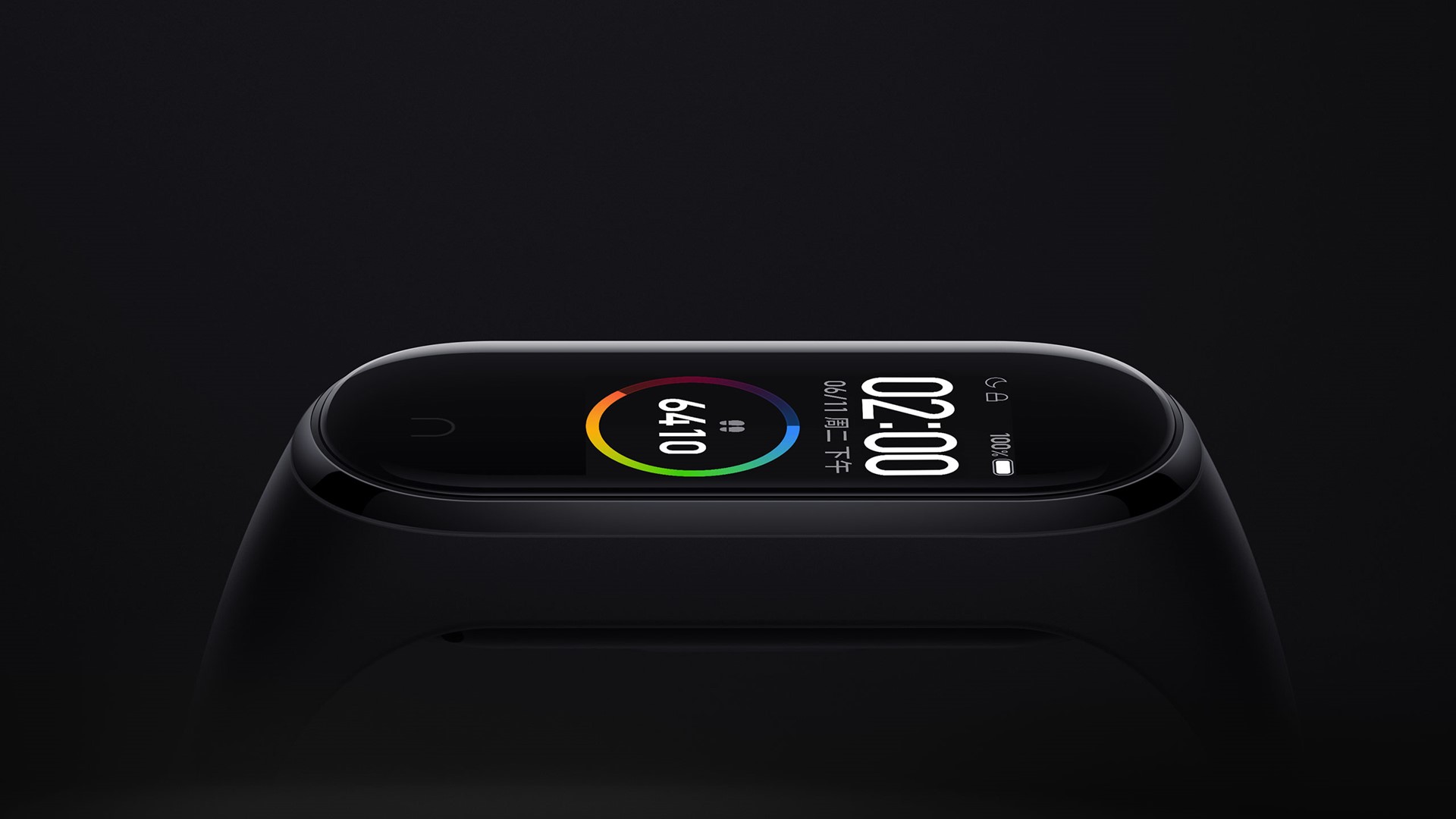Xiaomi Mi Band 5 to be unveiled on June 11
The successor to Mi Band 4 is on its way

Smartphones are not the only products from Xiaomi’s stable that sell in huge numbers. The Chinese company is second to Apple when it comes to selling fitness-focused wearables globally. Unlike Apple, Xiaomi has focused mainly on selling budget smart bands.
To continue the trend further, Xiaomi has announced on its official Weibo handle that it will launch its next-generation Mi Band 5 in China on June 11.
- Xiaomi Mi Band 5: what we want to see
- Leak suggests the Xiaomi Mi Band 5 could be a cheap, feature-packed Fitbit rival
- Xiaomi Mi Band 5, a new cheap fitness tracker, might be unveiled today
What to expect from Mi Band 5?
While Xiaomi has neither revealed nor teased any features of Mi Band 5, it has already become a topic of discussion across various social media channels. A report by Gizchina suggested that the Mi Band 5 may come with quite a few changes and enhancements.
Various news outlets have reported that the Mi Band 5 may come with SpO2 measurement feature also known as Blood Oxygen Saturation. This feature will enhance heart rate tracking.
It is expected that Xiaomi will not change the pill-shaped design language that we are used to seeing on the previous generation of Mi Bands. However, the International variants may come with NFC connectivity and may also support Amazon Alexa voice assistant.
Further, reports suggest that the new Mi Band may also come with an option to make it work as a remote shutter release for smartphone wireless paired with the band. It is also supposed to with a menstrual cycle tracking feature.
Among other features, PAI or Personal Activity Intelligence feature which is said to prompt users to remain active based on their heart rate could also be an interesting feature to watch out for. Additionally, the Xiaomi is also expected to introduce a few more activity modes like yoga, skipping rope, indoor bicycle and more.
Get daily insight, inspiration and deals in your inbox
Sign up for breaking news, reviews, opinion, top tech deals, and more.
Xiaomi has also not yet hinted about the availability of the upcoming Mi Band 5.
- Best fitness tracker in India: The top activity bands in 2020
Jitendra has been working in the Internet Industry for the last 7 years now and has written about a wide range of topics including gadgets, smartphones, reviews, games, software, apps, deep tech, AI, and consumer electronics.
